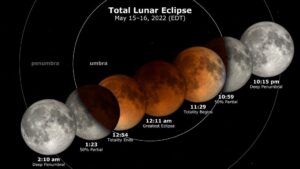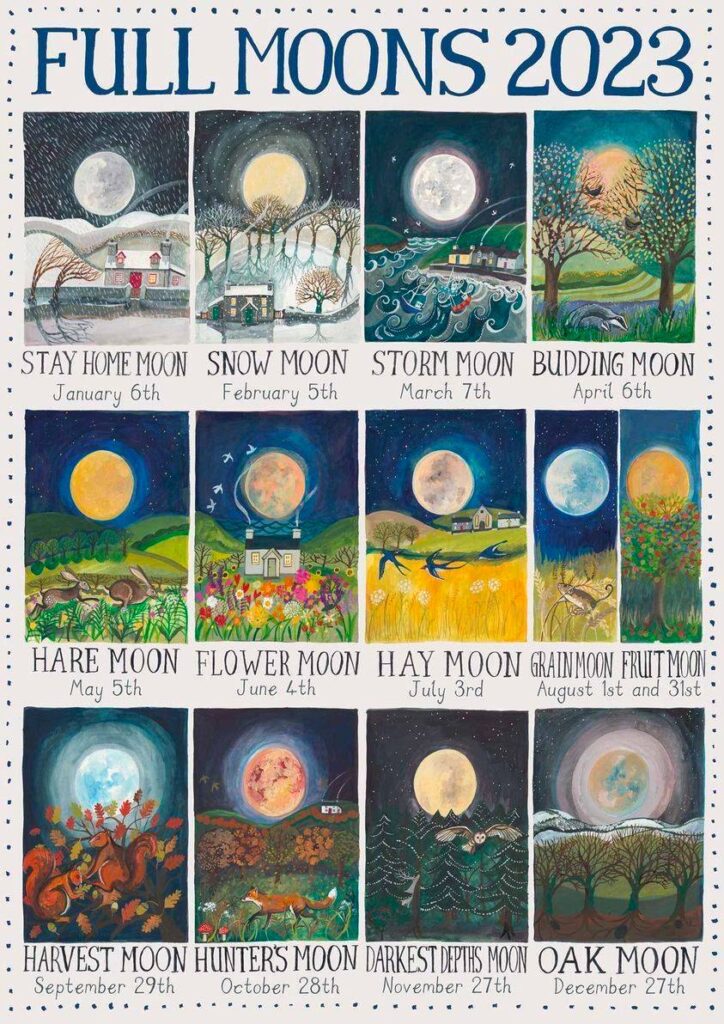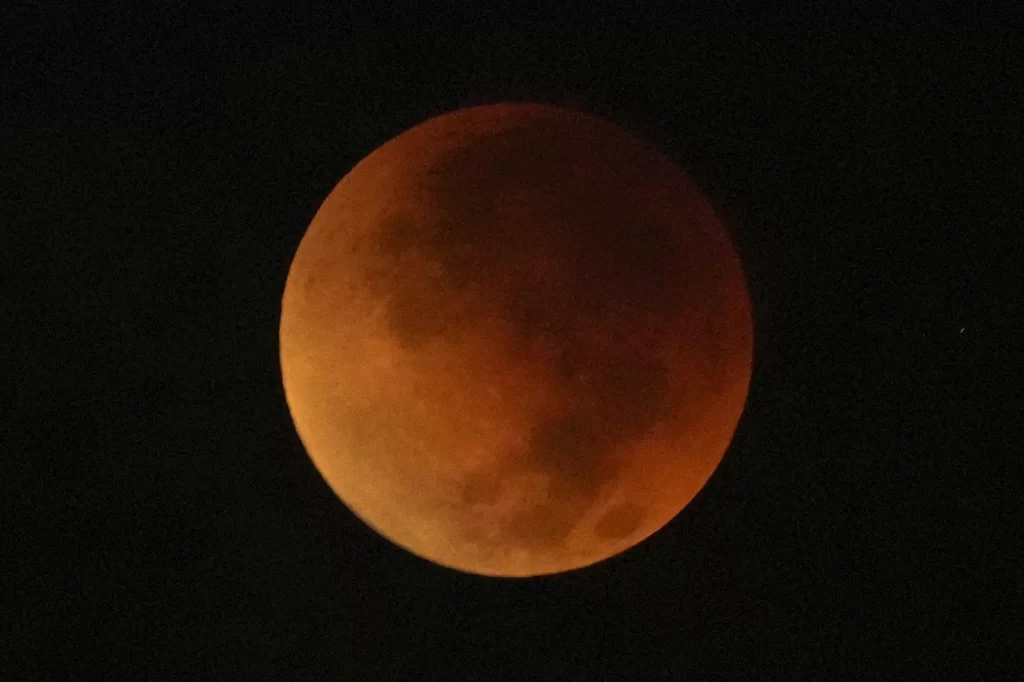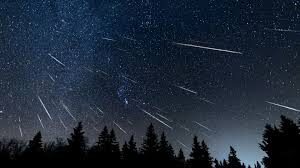This weekend you can catch a rare “Super Blood Moon” or “Super Flower Blood Moon” total lunar eclipse across all the US. More info below, but here are the best viewing times. It’ll happen right around midnight on Sunday, EDT.
Specific Times of Total Lunar Eclipse (EDT)
- Partial eclipse begins at 10:27 PM May 15
- Totality begins at 11:29 PM EDT
- Totality ends at 12:54 a.m. EDT
- Partial eclipse ends at 1:55 AM EDT (May 16)

‘Super Flower Blood Moon’ Lunar Eclipse is Coming Sunday Night. Here’s What You Need to Know.
Get ready for a sky spectacle this weekend.
A “super flower blood moon” lunar eclipse will be coming to the night sky on Sunday. A lunar eclipse occurs when the Earth is between the full moon and the sun.
During the eclipse, the moon will receive only sunlight bent through the Earth’s atmosphere, and will change color over the minutes, from gray to pink to orange to red.
The Earth’s shadow covers the moon, which often has a red color, hence the blood moon nickname. Although it’s completely in the shadow of Earth, a bit of reddish sunlight still reaches the moon.
The eclipse will begin when the Earth’s shadow appears on the moon at 10:27 p.m. EDT Sunday evening. Over the course of an hour, the shadow will creep across the moon, plunging the lunar surface into darkness.
Totality, or when the moon is entirely in the Earth’s shadow, will occur from 11:29 p.m. May 15 to 12:53 a.m. May 16.
You don’t need special glasses or gizmos to view the spectacle, unlike a solar eclipse, so feel free to stare directly at the moon. Binoculars or a telescope will improve the view.
The eclipse will be visible in total phase from portions of the Americas, Antarctica, Europe, Africa and the east Pacific, according to Space.com,
This will be the first of two lunar eclipses in 2022, Space.com said. The next one will occur Nov. 8.
What is a supermoon?
A supermoon means the moon looks a bit bigger than usual since it’s a bit closer to the Earth.
“Because the orbit of the moon is not a perfect circle, the moon is sometimes closer to the Earth than at other times during its orbit,” according to NASA.
On average, supermoons appear about 7% bigger and about 15% brighter than a typical full moon.
It’s also the ‘flower’ moon
Sunday’s sky show is also the “flower” moon, a name given to May’s full moon because “flowers spring forth across North America in abundance this month,” the Old Farmer’s Almanac said.
The full moon names used by the almanac come from a number of places, including Native American, Colonial American and European sources. Traditionally, each full moon name was applied to the entire lunar month in which it occurred, not solely to the full moon.
Other names for May’s full moon include the corn planting moon and the milk moon, NASA said.





